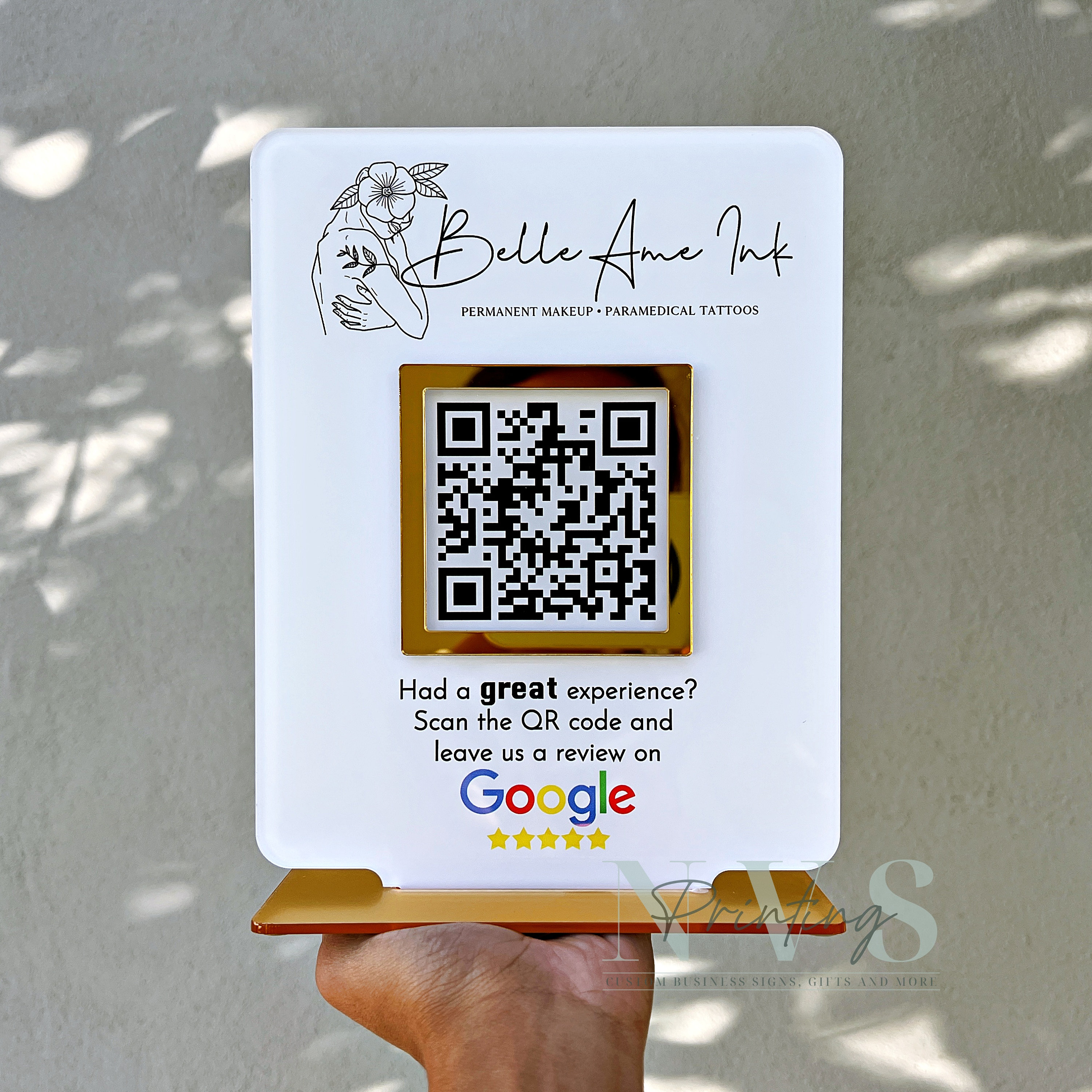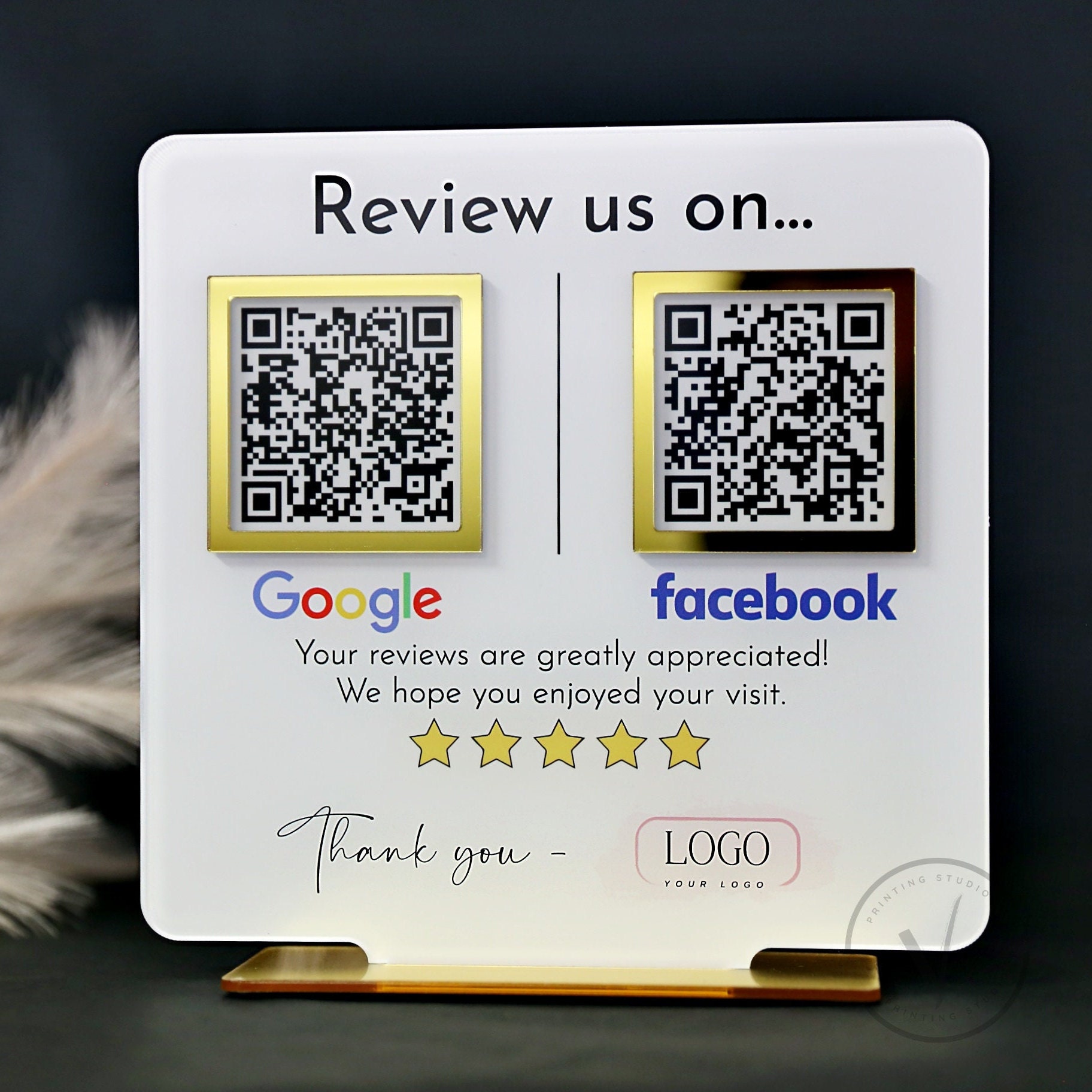To leverage offline interactions and QR codes to drive Google reviews, businesses should combine personal, timely requests with easy digital access via QR codes that link directly to their Google review page. This approach bridges the physical-to-digital gap, making it simple and convenient for customers to leave feedback immediately after their experience.
Key strategies include:
-
Ask for reviews in person right after a positive interaction, training staff to make polite, natural requests that feel personal and allow immediate clarification if needed.
-
Create a Google review QR code that links directly to your Google Business Profile’s review submission page. Google Business Profile (GBP) allows you to generate this QR code automatically.
-
Place QR codes strategically in physical locations where customers naturally engage, such as checkout counters, menus, table tents, waiting areas, product packaging, receipts, business cards, and storefronts. This encourages immediate feedback when the experience is fresh.
-
Use clear calls-to-action (CTAs) alongside QR codes, such as “Share your experience!” or “Leave us a review,” to prompt scanning and engagement.
-
Distribute small physical cards or printed materials with the QR code and a short link to leave reviews, which customers can take home or keep for later.
-
Test and monitor the QR code’s functionality regularly to ensure it directs customers correctly and track engagement to optimize placement and messaging.
-
Respond promptly to reviews received, showing appreciation and engagement, which encourages more customers to leave feedback.
This combined offline-to-online strategy reduces friction by eliminating the need for customers to search for the business online and streamlines the review process, significantly increasing the likelihood of receiving more Google reviews.
In summary, the most effective way to leverage offline interactions and QR codes is to make the review process as immediate, easy, and personal as possible by integrating QR codes into physical touchpoints and coupling them with polite, timely verbal requests from staff.




